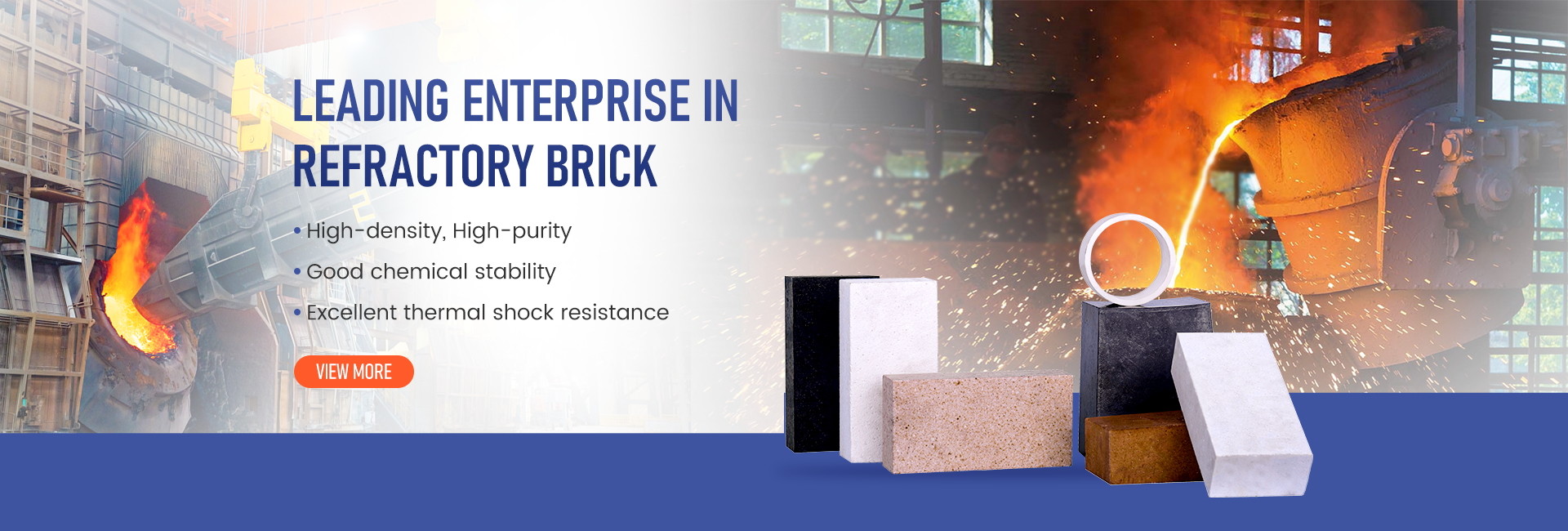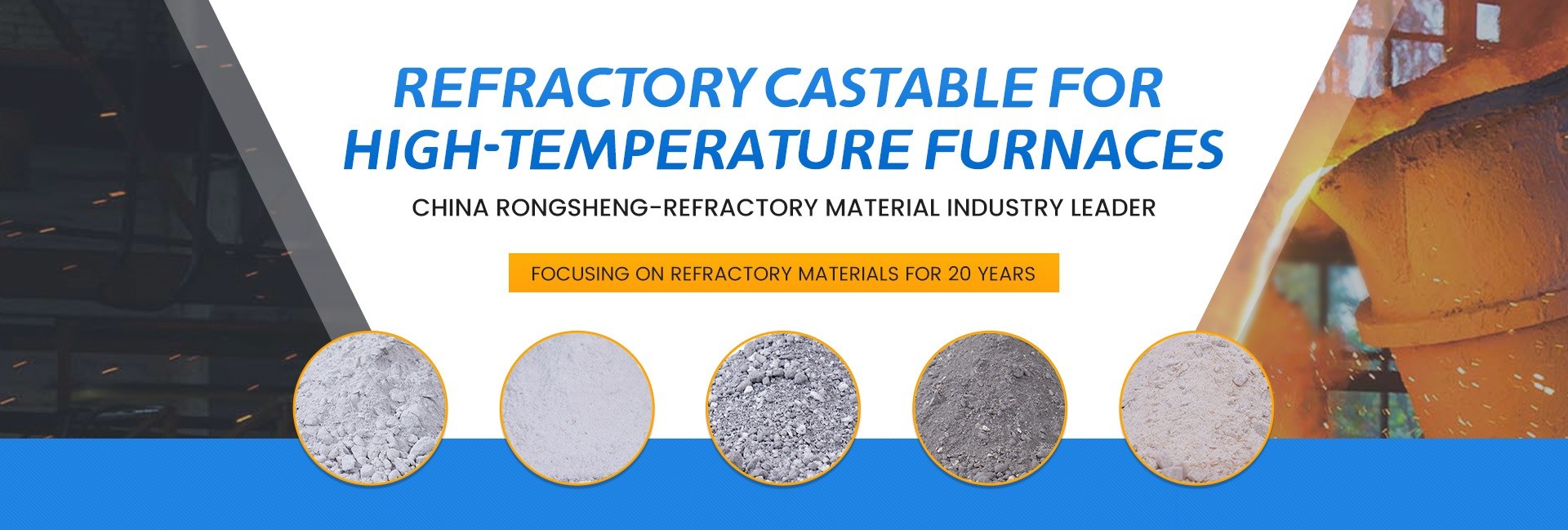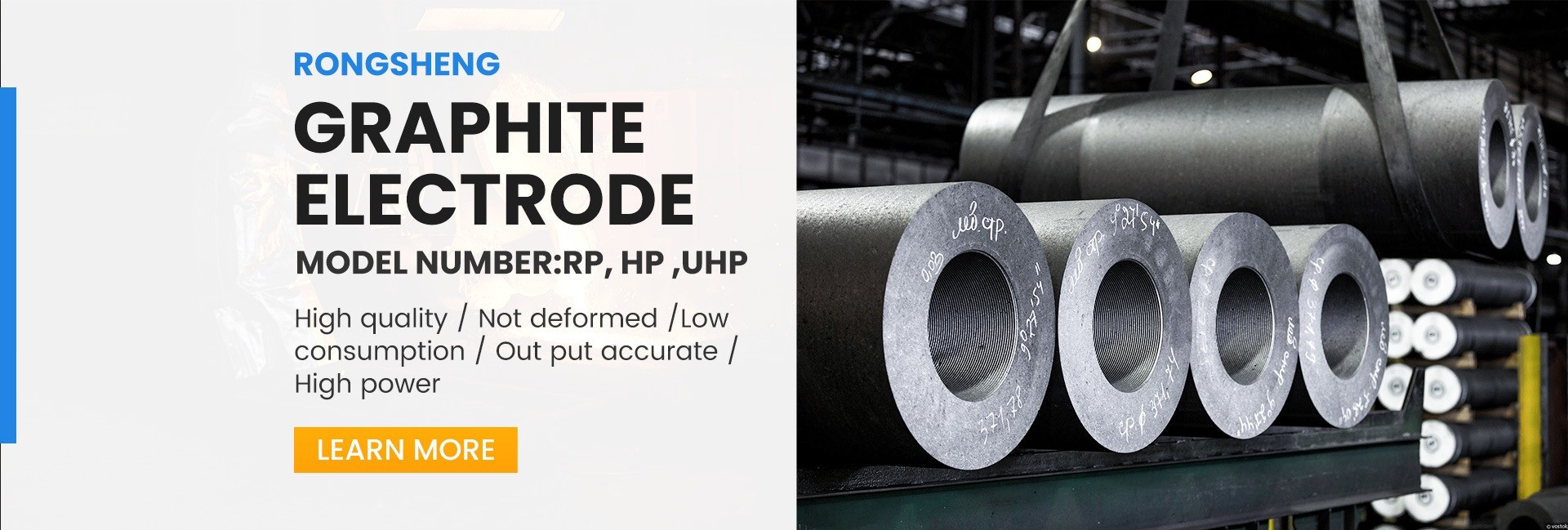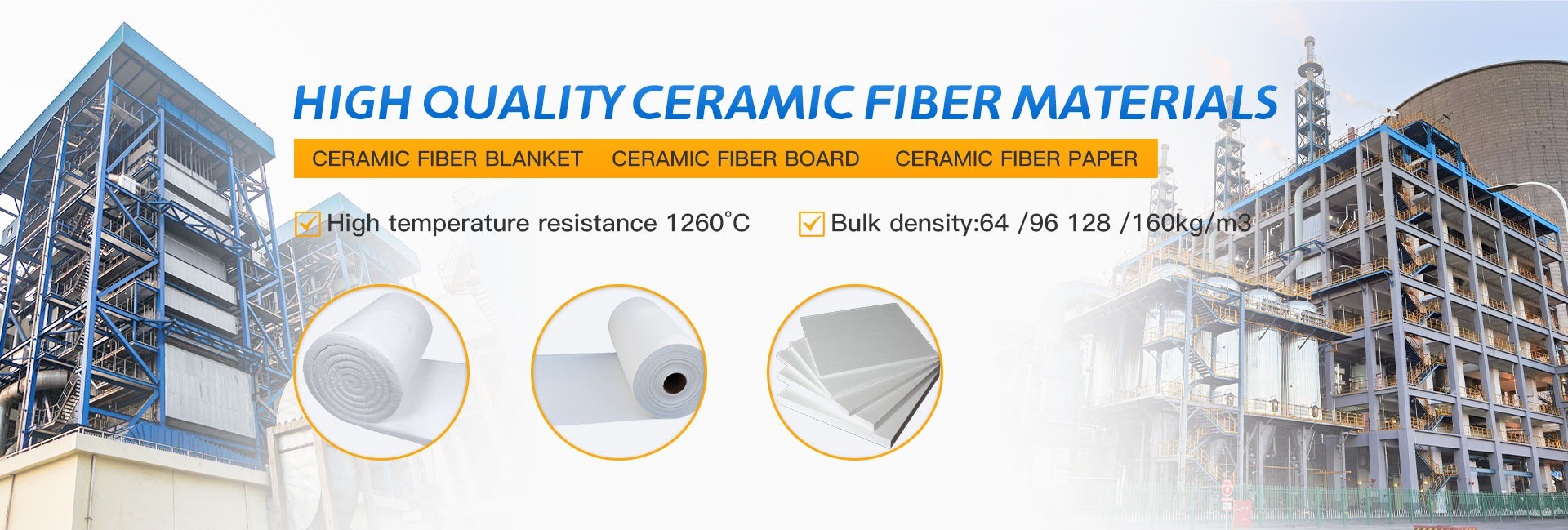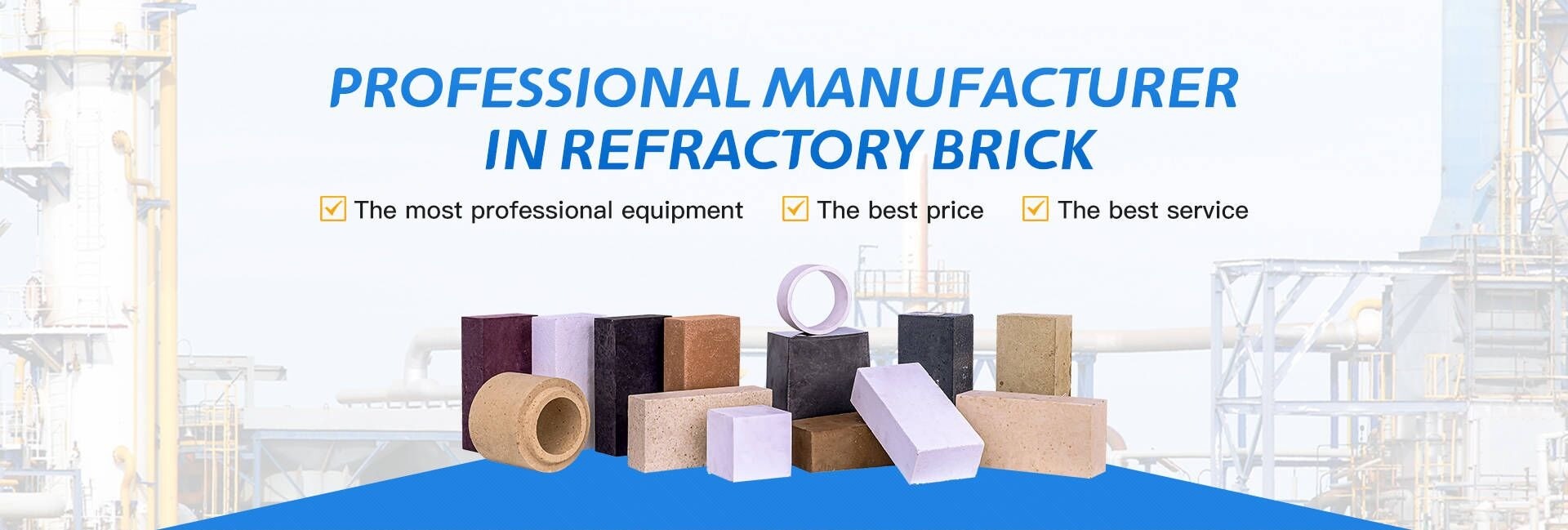Phosphate-Bonded Refractory Castables
The composition of phosphate-bonded refractory castables is similar to that of general castables. Aggregates and powders include high-alumina, clay, silica, and magnesia. Phosphates such as aluminum phosphate and phosphoric acid react slowly with neutral and acidic aggregates and powders at room temperature. To enable hardening at room temperature, hardeners like active aluminum hydroxide, talc, ammonium fluoride, magnesium oxide, alkaline aluminum chloride, and calcium aluminate cement are added. Magnesium oxide is particularly effective as a hardener, but the resulting magnesium phosphate reduces refractoriness and lowers hot strength. The hardening time varies significantly with ambient temperature.
When phosphates react with aggregates, the formation of insoluble products can lead to aging effects. Reactions involving iron content in raw materials may also impact aging. Additionally, the mixing process can corrode mixing equipment, necessitating the addition of aging inhibitors and mitigating additives.
Phosphate-bonded castables must be dried at 450–500°C to form aluminum phosphate or metaphosphates. At lower drying temperatures, hygroscopic compounds such as pyrophosphoric acid (H₄P₂O₇) may form, which absorb moisture from the air and revert to orthophosphoric acid, compromising bonding properties.
Aluminum Sulfate-Bonded Refractory Castables
Common aluminum sulfate solutions have a density of 1.20–1.30 g/cm³ and are added in amounts ranging from 12% to 18%. Being acidic, these solutions contain sulfate and bisulfate ions, which react with iron and other components in aggregates and powders, releasing hydrogen gas and causing expansion. To counteract this, the material is left to rest for over 24 hours before forming. Initially, 70–80% of the total aluminum sulfate solution is added, with the remainder added after resting.
After forming, the castables are naturally cured in dry air and at 50°C for three days to meet strength requirements. Accelerators such as bauxite cement (2–4%) can be added to speed up hardening. To enhance high-temperature performance, 5–10% of fine clay powder or expansion agents can be incorporated to counteract shrinkage.
The strength of aluminum sulfate-bonded castables fluctuates with temperature. At room temperature, hardening is slow, but with the addition of accelerators, compounds like calcium sulfate, ferric sulfate, and magnesium sulfate form. These compounds interact to produce needle-like or columnar precipitates (e.g., calcium sulfoaluminate or aluminoferric sulfate), promoting hardening. At 500–600°C, the strength remains similar to that after drying. However, at 700–800°C, decomposition of aluminum sulfate and its salts releases SO₂ gas, reducing density and strength. Above 1000°C, active Al₂O₃ from decomposition reacts with SiO₂, forming mullite and other compounds, which significantly increase strength.
To address the structural loosening and strength reduction around 800°C, composite binders with 25–50% phosphoric acid can be used. The service temperature of aluminum sulfate-bonded castables depends on the material type: clay-based at 1300–1350°C, high-alumina at 1350–1550°C, and corundum-based at 1500–1650°C.
Sodium Silicate-Bonded Refractory Castables
Sodium silicate-bonded castables use aggregates and powders from diverse sources, including aluminosilicate, silica, semi-silica, magnesia, and magnesia-alumina materials. Due to the high viscosity of sodium silicate, mixing and vibration times are extended. In the 1970s, fast-dissolving solid sodium silicate was introduced, allowing refractory aggregates and powders to be mixed on-site with water for convenient casting.
However, at 800–1000°C, sodium fluoride and sodium oxide melt, increasing the liquid phase and reducing the effect of silica gel, leading to lower softening temperatures under load. The service temperature of sodium silicate-bonded castables is relatively low: 1400°C for high-alumina, 1000°C for clay and semi-silica, and 1600°C for magnesia. To address these limitations, the addition of sodium silicate and sodium fluosilicate must be minimized, or high-modulus sodium silicate should be used.
Despite these challenges, sodium silicate-bonded castables exhibit high room-temperature strength and minimal strength reduction during heating, providing excellent high-temperature wear resistance. They are particularly effective in resisting acid media (except hydrofluoric acid) and sodium salt melts. The acid resistance of clay and semi-silica sodium silicate castables exceeds 93%, meeting the requirements for acidic thermal equipment.
About Us
Henan Rongsheng Xinwei New Materials Research Institute Co., Ltd. is affiliated to Henan Rongsheng Refractory Group and we have been a leading manufacturer and supplier of high-performance refractory materials for more than 20 years. As a national high-tech enterprise, we specialize in research, development, production, and technical services of advanced refractory materials.
Our product range includes refractory castables, high-alumina bricks, corundum bricks, AZS bricks, fireclay bricks, insulating bricks, and unshaped materials such as refractory cement and mortar. These products serve industries like iron and steel, cement, glass, petrochemical, and non-ferrous metals, with exports to over 100 countries worldwide.
We are committed to providing innovative, energy-efficient, and environmentally friendly solutions for high-temperature industries.
Contact Us Today!

 Your message must be between 20-3,000 characters!
Your message must be between 20-3,000 characters! Please check your E-mail!
Please check your E-mail!  Your message must be between 20-3,000 characters!
Your message must be between 20-3,000 characters! Please check your E-mail!
Please check your E-mail! 
